On reindeer paths, along brooks
Reindeer (Rangifer tarandus) are an original species of the northern wilderness and an ancient livelihood. The reindeer brings man and nature together, giving rise to a rich culture and ancient traditions.

The reindeer trails in the terrain tell us that the reindeer and its predecessor, wild reindeer, have been present in Koilliskaira, now the Urho Kekkonen National Park, throughout the ages.
Reindeer husbandry buildings and structures from different periods are still present in the national park, reminding us of this ancient livelihood which is still a major source of subsistence for the local population.
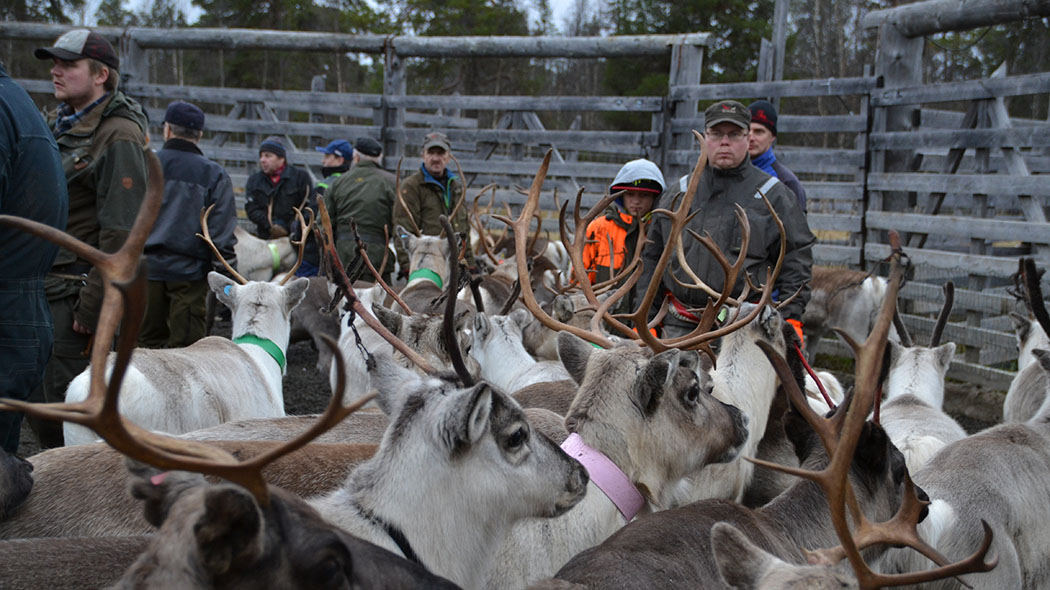
The reindeer is the most prominent and numerous animal in the national park. It is able to make use of the scarce vegetation in the north, providing a livelihood for many families. Reindeer feed on up to 200 different species of plant.
They circulate from pasture to pasture, following the course of the seasons. In winter, they use their hooves to dig up lichen from the snow. In spring, the high snow drifts enable them to feed on beard moss and other lichen growing on trees. In summer, they feed on green plants; sedges, grasses and tree leaves.
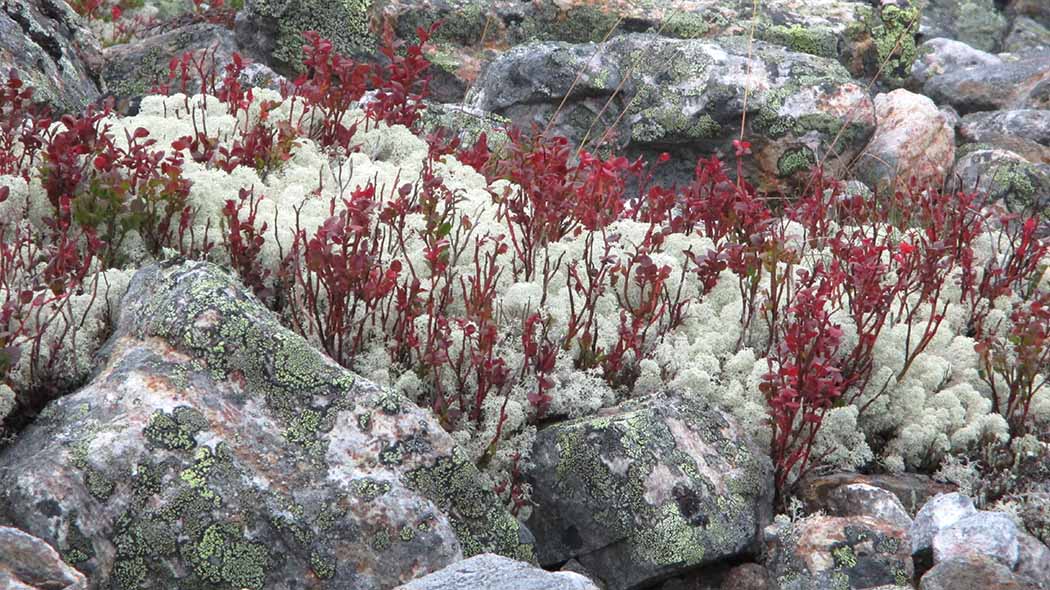
The Urho Kekkonen National Park offers particularly good winter pastures. In summer, very few reindeer stay in the national park. If you do not see reindeer during your trip, you can always see their droppings or winter trenches, which reveal that this long-legged animal lives in the area.
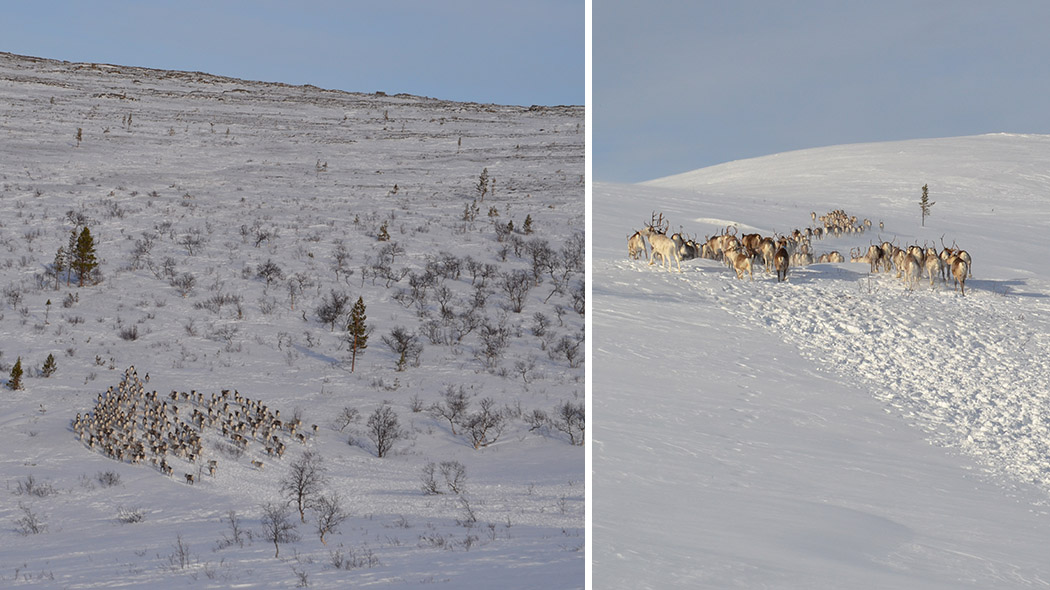
The reindeer grows new antlers every summer. The antlers reveal the age of the reindeer. Basically, an additional peak grows on the antlers every year. Similarly, the antlers grow in size year by year.
Reindeer antlers are the fastest growing bone material in the world. They are used to make various, everyday items and ornaments.
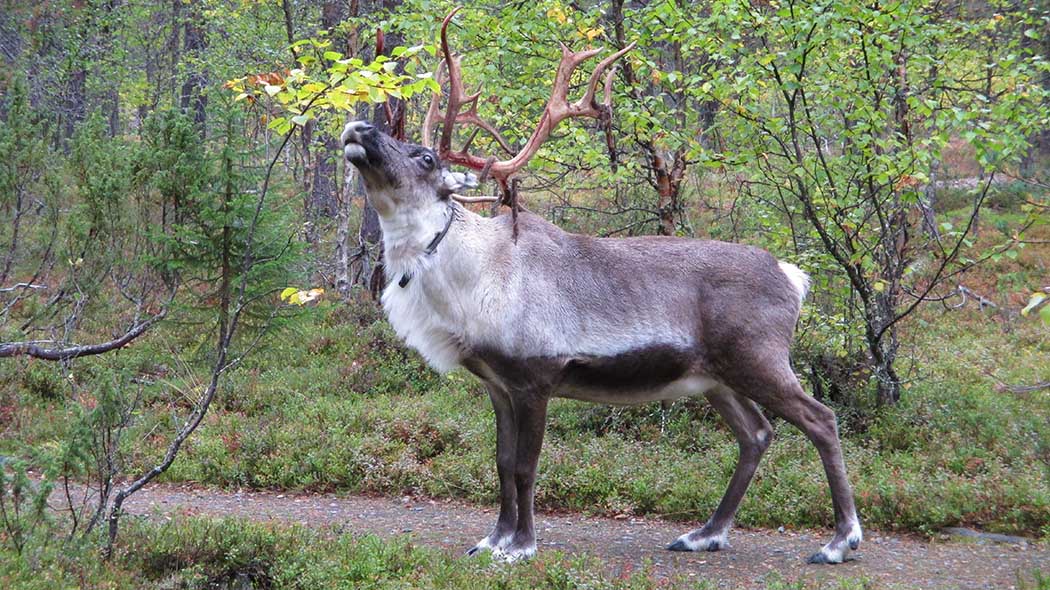
The Lapland reindeer herding co-operative's reindeer fence is situated in the Kiilopää area in Niilanpää. It has primarily been used for the marking of reindeer in summer, and sometimes for the autumn separation of reindeer.
At present, the only reindeer fence still in use in Urho Kekkonen National Park is the Naltio separation fence in the easternmost part of the national park. This belongs to Finland's largest reindeer herding co-operative, Kemin-Sompio.
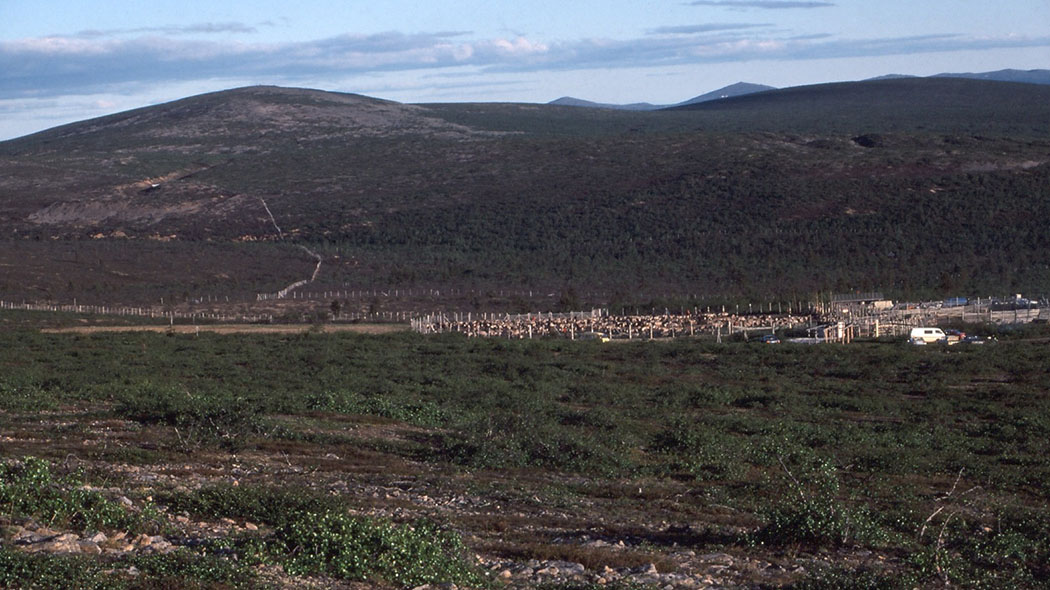
Separations are the time of harvest for reindeer herders, when slaughter animals are separated from the rest of the herd. The separation period occurs at the darkest and coldest time of the year, between October and January.
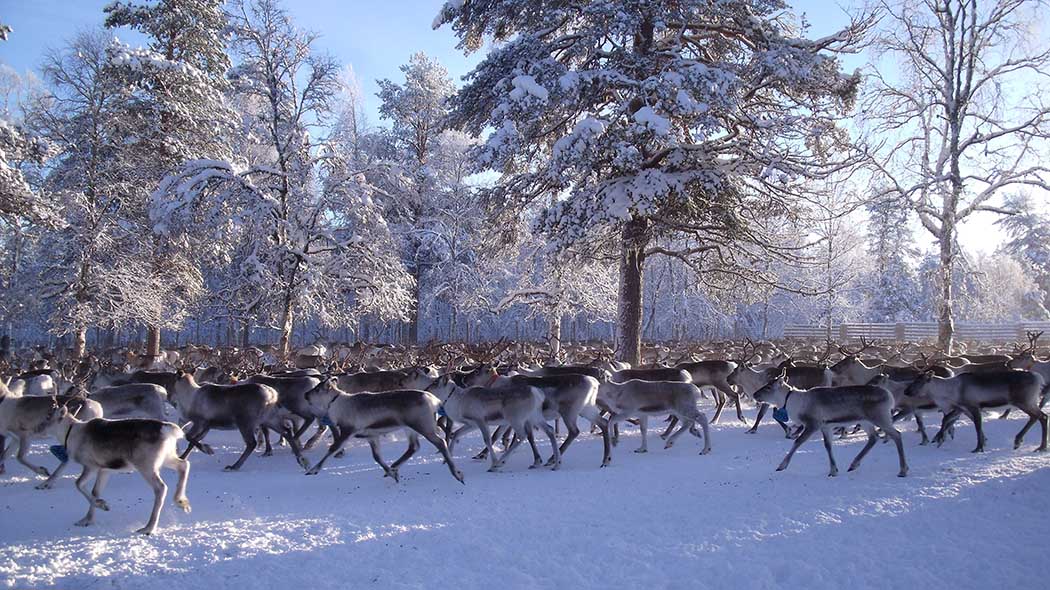
The marking of calves begins around Midsummer. Once the air is warm and mosquitoes begin to appear, reindeer begin to come together naturally in open places, from where herders take the reindeer herds to the fence.
Calves born in May receive the same ear mark as the dam. This earmark indicates who owns the reindeer.
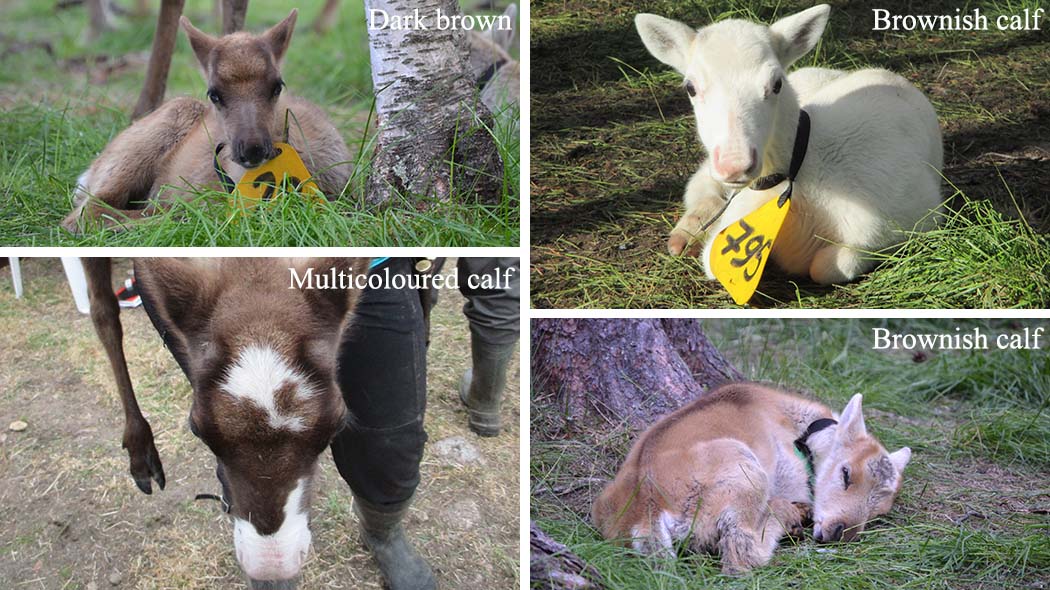
The reindeer earmark is a combination of small cuts and nicks. The mark remains on the ears of the reindeer for their entire lives.
Each family or extended family usually has similar earmarks. The patterns and words related to reindeer earmarks can sound very cryptic to outsiders.
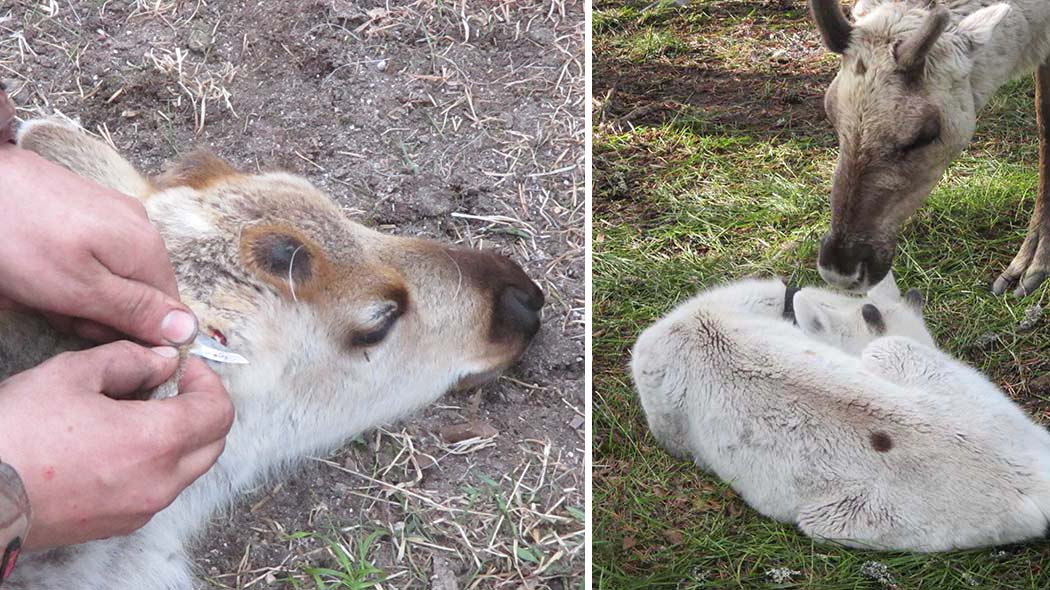
Calves are marked at night, when the air is cooler than during the day. The midnight sun provides light in abundance. Performed under the midnight sun, such work takes a couple of weeks in June and July.
In reindeer herder families, earmarks and knowledge related to reindeer husbandry are often passed from one generation to another. Reindeer herding is an important part of Sámi culture.
Take the Reindeer trail (5.3 km) from Kiilopää to find out more about the lives of reindeer.
